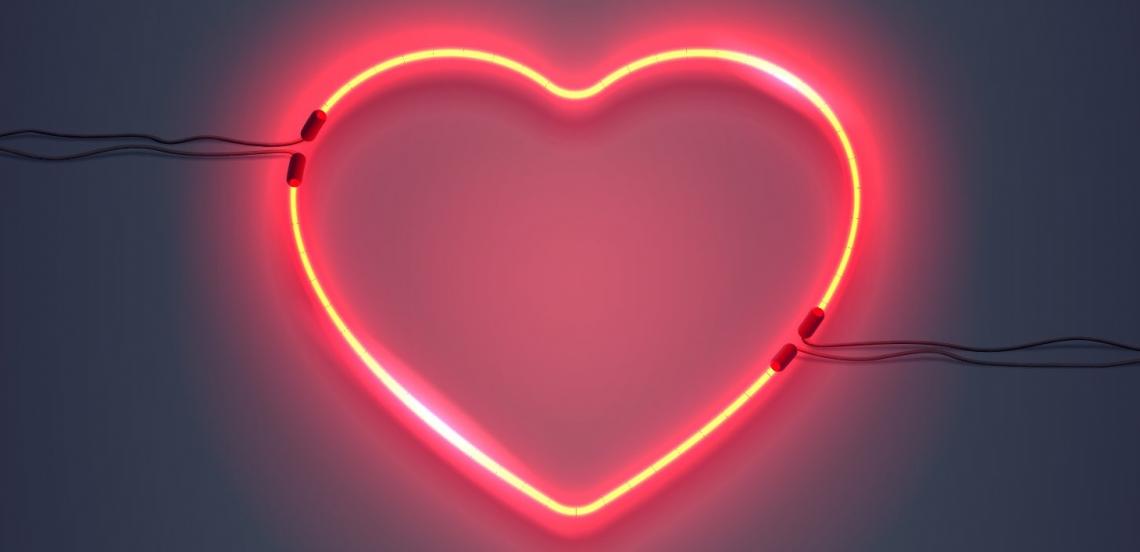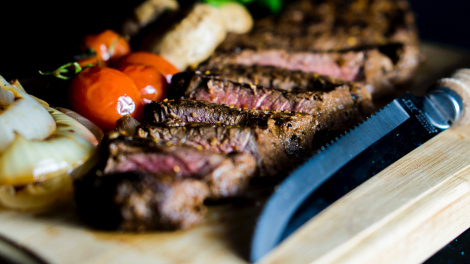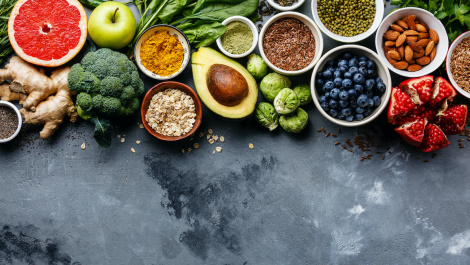Hypertension, or high blood pressure – as it’s known to its friends – is very common. It can be genetic, self-induced or a result of pre-existing medical conditions like diabetes, kidney or adrenal gland disease. If it goes unnoticed (which it often is) or you ignore it, hypertension can have a significant impact on your body’s internal structures.
As you slow down, Hypertension catches up.
Hypertension is a common condition that mostly catches up to you in older age. When blood pressure is high, there is too much blood pressing against the walls of your arteries. When it gets too high, it raises the heart's workload and can cause serious damage to the arteries. Over time, uncontrolled hypertension increases the risk of heart and kidney disease, or stroke.
Reading your blood pressure is fairly simple. The top number shows the pressure when your heart beats. The bottom number is the pressure at intervals between heart beats when your heart refills with blood. Normal blood pressure readings will fall below 120/80, while higher results over time can indicate hypertension. In most cases the underlying cause of hypertension is unknown.
Hypertension doesn’t show itself easily.
Often called the silent killer, hypertension may have no outward or noticeable symptoms for years. In fact, one in five people with high blood pressure don’t even know they have it. The problem lies in that fact that it can cause serious internal damage to the heart, lungs, blood vessels, brain and kidneys. You might not know that these things are happening, so it’s best to get your BP measured regularly, at your local clinic or whenever you’re next at the doctor.
Will you be its next victim?
Until about 45, more men are likely to have high blood pressure than women. It becomes more common for both as we age, with cases in women surpassing men from about 65 onwards. You are at greater risk if a close family member has high blood pressure or if you are diabetic; on average, about 60% of people with diabetes have very high blood pressure. Essentially, almost anyone can develop hypertension whether or not they are genetically predisposed to it, have other health-related causes, or develop it as a result of poor lifestyle choices.
Disarming Hypertension.
While hypertension may appear to be inevitable, it can also be a consequence of personal choices, for example, if you consistently indulge in artery-busting foods. You can actively lower your blood pressure through simple dietary changes. Avoiding foods saturated in fat and oil is a good place to start. These foods clog and thicken the walls of your arteries, creating less space for blood to flow through. Less space, more pressure…
Much of what we hear about lowering our blood pressure also has to do with salt! It’s not always a matter of too few fresh fruit and veg. Often our sodium intake is too high, despite the fact that we may not be aware of it. The common culprits are over-salting your food, and eating processed or ready-made foods that are high in sodium. These foods can cause water retention that in turn, forces your body to raise your blood pressure to push the excess salt and fluids out of your system. Naturally, the solution here is to be aware of your sodium intake and lower it if it seems too high.
Why do we suspect that lowering sodium intake makes a difference? Malignant hypertension (240/150) is a death sentence. A Dr Walter Kempner changed the lives of malignant hypertension patients without drugs by introducing a low-sodium diet. He was able to reverse the course of the disease through diet in more than 70% of cases.
Fun Fact
The Yanomamo Indians in the Amazon rainforest have the lowest sodium intake ever recorded. They do not drink alcohol, know no stress, eat a high fibre, plant-based diet, do lots of exercise, and you won’t find a single obese person amongst them! We could all benefit from taking a page out of their book!







Comments